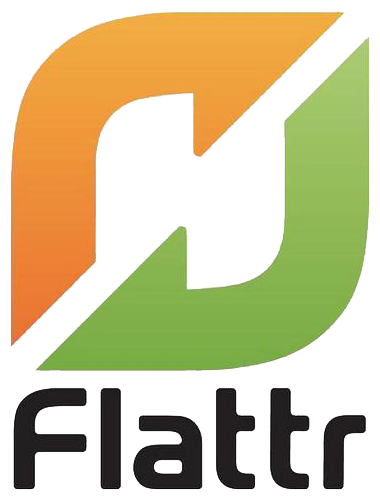There are plenty of those independent boards, covering usually all fields of technology, and each specialising in some — although many delegate the actual work in a specific field to experts in that field. What these boards mostly provide is a methodology — a process that ensures some key elements are present during the discussion phase and on the final document.
Standardisation is not a “nice” process. The standardisation bodies are usually open, transparent, and invite key players in the field besides the actual experts who will write the technical documentation. For technology products, this means not only involving scientists and engineers, but also the corporations that provide the products, the end-users, and usually governments or regulatory agencies. Each of these will have conflicting interests. Corporations, for instance, will wish to make sure that the standard will not give undue advantage to any of their competitors. End-users will wish that all companies manufacture products or provide services that really work together and allow them a larger choice. Governments and regulatory agencies will probably want to keep some control over how the standard is applied; in the case of governments, making sure the standard fits into their agenda (a typical example: a new standard for refining oil will have to respect environmental issues, even if corporations will try to fight a government’s insistence, because of higher costs). This means that standards will be, like any other aspect of human nature, a dirty process where a lot of fighting will happen, and lobbyists might buy votes, or push some issues under the carpet in order to advance smoothly ahead — while stomping upon some group’s best interests. Needless to say, end-users might be the most affected by the policy decisions governing the process, even if their complaints might still remain public during the discussion.
We finally come to the issue of Second Life. Second Life, as said, is a complex concept — pretty much like the Internet in that regard, but more so. Ultimately, it is — even if Philip disagrees! — a platform for end-users to create 3D content collaboratively, persistently, and with visual contiguity. However, what exactly “the platform” is, is not so easy to explain. It certainly involves software: the SL viewer (client) and the simulator and back-end servers. It also involves a lot of hardware and network infrastructure. It involves a lot of people: content creators, service providers, entertainment providers — and all those consumers. This creates a community of users. But it also involves a protocol (vaguely referred to as “the Second Life Protocol”) that allows software to communicate over a network. And, of course, Second Life is the content itself, too.





